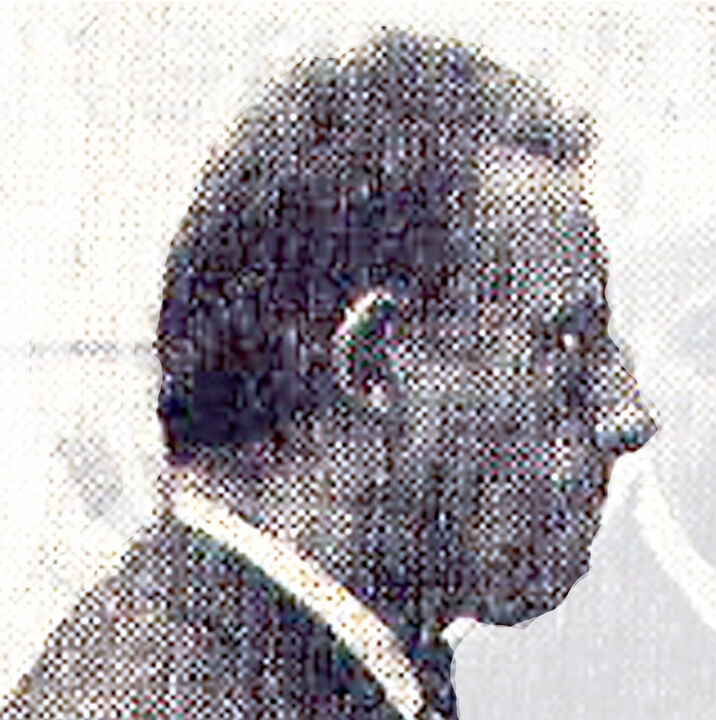Siegen. Theo Meier-Lippe was born on 17 February 17th,1907 in Hohenhausen in the district of Lemgo and died on February 1st, 1980 in Siegen. He is known for his paintings of landscapes, portraits, mural paintings made of oil and tempera, as well as exterior wall designs, of different art styles.In Lippe, he first made large-scale landscapes and figurative compositions in the sense of the then prevailing art direction of "New Objectivity". He focused on a few colour elements in green and blue-grey and strong contours. In his new hometown in Siegen, he created flower aquarells of light colour.
Circumstances after the Second World War led him manufacture pastel pencils himself and work with prepared newsprint. He designed murals made of oil and tempera. An intensive examination of the problems of abstraction from 1950 to 1960, he decided to use mainly heavily coloured surface compositions. First he started with small pen drawings, he later changed to large-format works with brush, pen and ink. What had an experimental character at first turned out to be a graphic statement. Finally, Meier-Lippe devoted to exterior wall designs, the "art on the building". In addition to large-scale works that shape the cityscape, he rediscovered the Sgraffito technique, which is particularly suitable for exterior walls, especially for new buildings. He also dealt with mosaics and brass and their combinations. His first works can be attributed to the abstract, while his later works turn more towards the thematic. Unmistakable in all phases of development, a constancy of form and colouring remains.
After an apprenticeship as a painter, he began an artistic education at the School of Applied Arts in Kassel at the age of 19. In 1928, his first works were on display in a group exhibition at the Kunsthalle Düsseldorf. Two years later he continued his studies at the Rijksacademie for Fine Arts in Amsterdam. In the museums of Amsterdam, he encountered for the first time paintings by Vincent van Gogh, which strongly influenced his artworks. In 1932, he attended the Academie Grande Chaumiére in Paris, where he was influenced by the works of Cèzanne, Toulouse-Lautrec, Gaugin and Chagall that gave him a new sense of colouring. In 1933 he returned to the Lipperland and set up his first studio, in a large tower room in Varenholz Castle near the Weser. Because of political changes he had to move to Siegen. There, he joined the Association of Siegerländer Artists and his works were exhibited in Hagen, Amsterdam and Detmold, among others. Due to the Second World War he lost almost all of his works, what forced him to make a fresh start. For financial support and out of interest in passing on his knowledge, Meier-Lippe taught apprentices of the painting trade at the vocational school in Weidenau and finally art education at the municipal girls' high school in Siegen. He also worked as a co-founder of the school of painting and drawing in Siegen, where he promoted young talents. His works also gained international interest, followed by exhibitions in France, Holland, Belgium, Denmark and Sweden.









